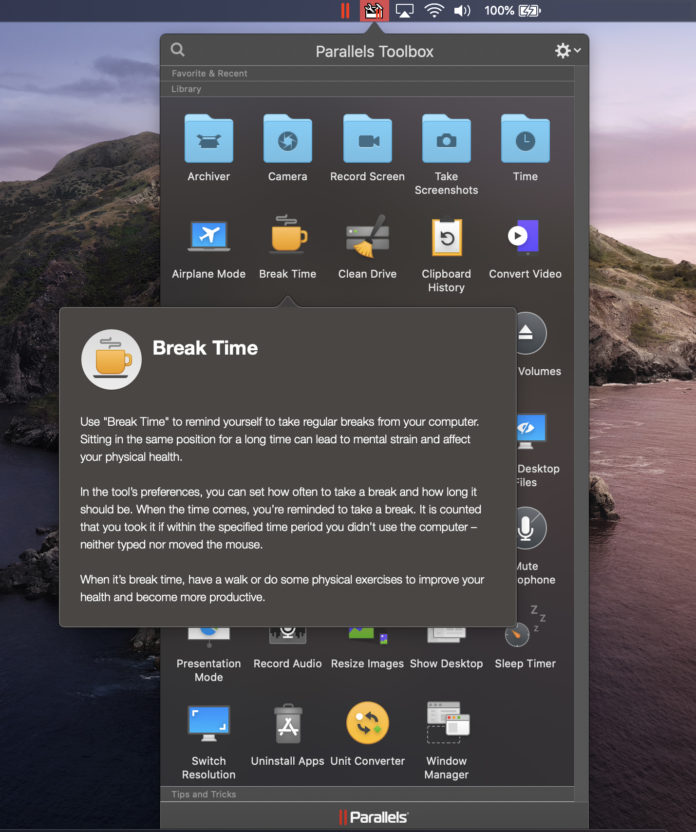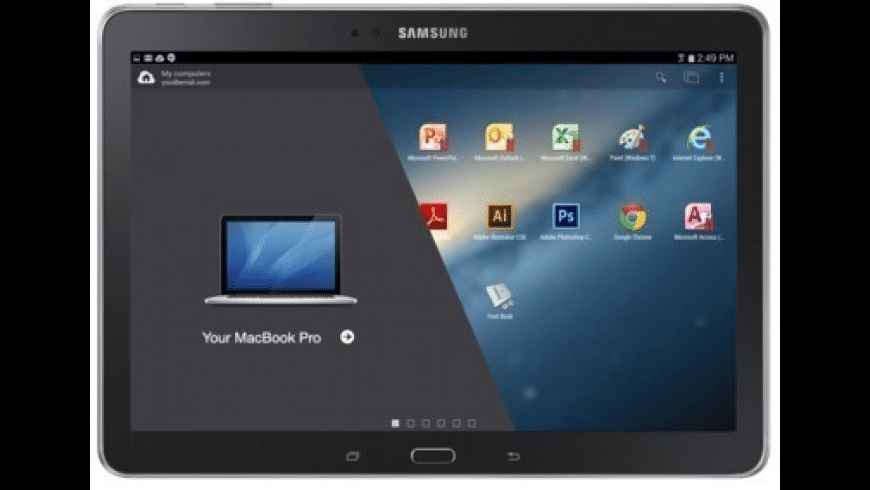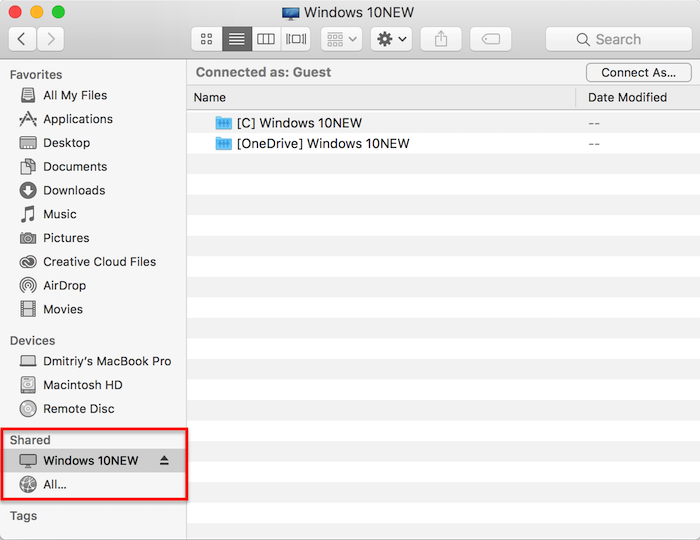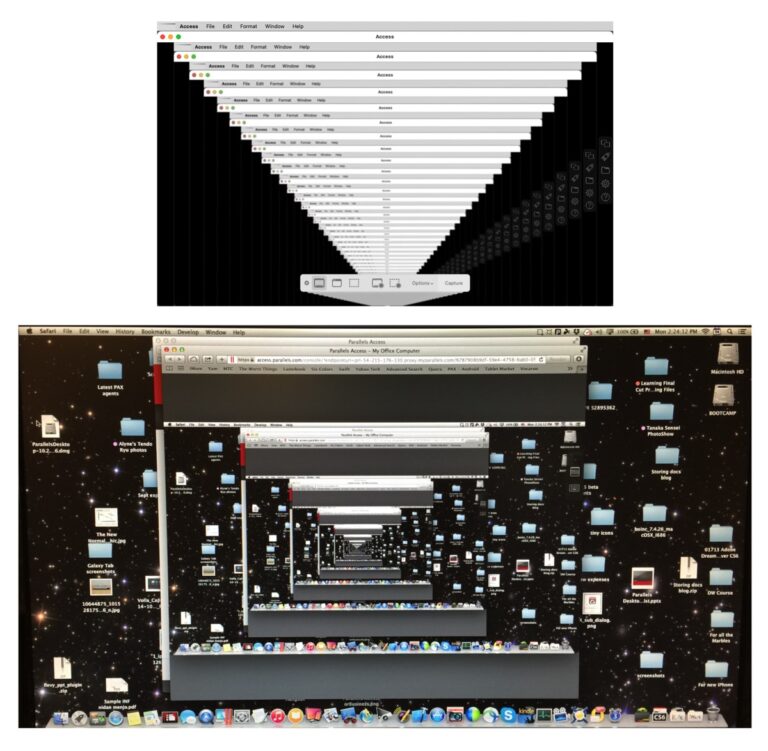

Personally, I found this layout to be confusing, as I expected to see apps listed in alphaetical order, with perhaps a most-used section at the top. These apps are displayed with the most-recently-used apps listed first, then the set of expected-to-be-used apps.
#Parallels access for mac mac
Parallels explains that the subset is based on an analysis of the apps you use most often, along with a set of apps that they expect most Mac users will use. Tap an icon on your iOS device, and the chosen application launches on your Mac.īy default, the Access launcher shows a subset of apps from the Applications folder, in a seemingly random order. Launchpad, as it’s basically a big screen of icons. This screen will look familiar to anyone who has used OS X’s The Access app launcher bears more than a passing resemblance to OS X’s Launchpad.

You can access some video help for gestures from within the iOS app, and there isĪ downloadable user’s guide, but you’ll only find a link to it when logged in to your Parallels account in your web browser. Privacy policy adds that Parallels can collect information on “Program use, such as the features that you use the most often and how often you use Help resources.” Depending on your feelings about sharing your usage habits with third parties, you may want to disable this setting.Īnother concern is the lack of in-app documentation on either OS X or iOS-there’s no help to be found, not even a Read Me with the installer. While the program description states that Parallels simply collects configuration data, the related I had to search the company’s website toįind the details. One other setting of interest is the (checked by default) “Participate in the Customer Experience Program.” Parallels provides no in-app information on what this program is or how it works. The Advanced settings tab in the Parallels Access Mac agent contains some options you may want to modify. This option prevents others from being able to view your screen while you’re working via your iOS device. In particular, if your Mac is in an office or other visible location, you’ll want to check the “Lock this computer when working remotely” box (it’s not checked by default). The Advanced tab in Preferences contains a number of useful settings. In that Preferences window, you can access your Parallels account settings (though this actually opens a webpage in your default browser), and enable or disable access to the Mac.

The Mac agent app displays a systemwide menu that hosts only a few menu entries: Turn Off Access, Preferences, Check for Updates, Report a Problem, About, and Quit. These subscription “features” are skewed heavily in Parallels’ favor, especially as one-year plans expire and consumers find themselves paying for a non-refundable second year they may not really have wanted. Subscriptions are also non-refundable, so once you buy, you’re in.
#Parallels access for mac free
Original version of Parallels Access was $80 per year per computer, so the price has been lowered dramatically.) The company offers a free 14-day trial, so you can see how well the package works before committing.Īnd committing you will be, as subscription plans auto-renew, with no way to opt out of the auto-renewal at signup time.

With the app on your iOS device and the agent running on your Mac, you just need one more thing:Īn annual subscription, which costs $20 for one year (or $30 for two years) and allows you to access up to five computers.


 0 kommentar(er)
0 kommentar(er)
